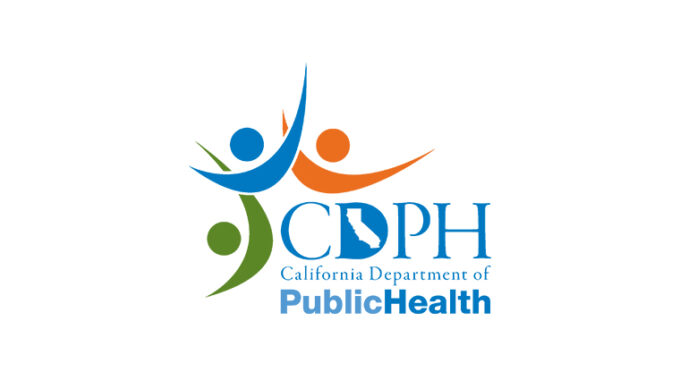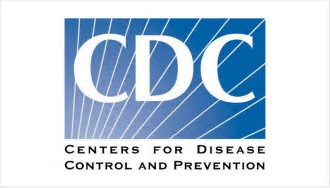In California, any dental office that operates x-ray equipment is required by the Radiologic Health…
Do Not Overfill Your Sharps Containers – OSHA Regulation
On December 3, Cal/OSHA issued a News Release stating that the California agency cited Kaiser Foundation Hospitals $149,000 for exposing workers to injury and infection from used needles in the hospital’s sharps collection containers. At least three employees have been stuck by contaminated needles in the last two years trying to empty the containers, which frequently overflowed, preventing the lid from closing properly. Kaiser has since implemented controls to correct the hazardous conditions.
For California dentists, the requirements for sharps waste are the following:
The California Medical Waste Management Act (MWMA), Health and Safety Code Sections 117600 – 118360, specify the requirements for managing medical waste. The Act is administered and enforced by the California Department of Public Health (CDPH) or by a designated local enforcement agency in certain counties. Cal/OSHA also has jurisdiction over employee handling of medical waste, by incorporating parts of the MWMA relating to employee safety into Cal/OSHA’s Bloodborne Pathogens Standard.
Sharps waste includes contaminated items with sharp corners and/or edges that can cut or pierce, such as hypodermic needles, blades, syringes, dental instruments, broken glass, and orthodontic wires. Contaminated disposable sharps must be placed in a rigid, puncture-resistant, labeled container, which should be, at a minimum, in each operatory. When filled to the fill-line (75% full), the container must be disposed within 30 days by a CDPH-registered hauler or by mail using one of the CDPH-authorized sharps mail-back services.
Since 1992, OSHA Review, Inc. has provided dental professionals with comprehensive programs to support regulatory compliance and infection control. We are a registered dental continuing education provider in the state of California, specializing in Dental Practice Act, infection control, and OSHA training.



